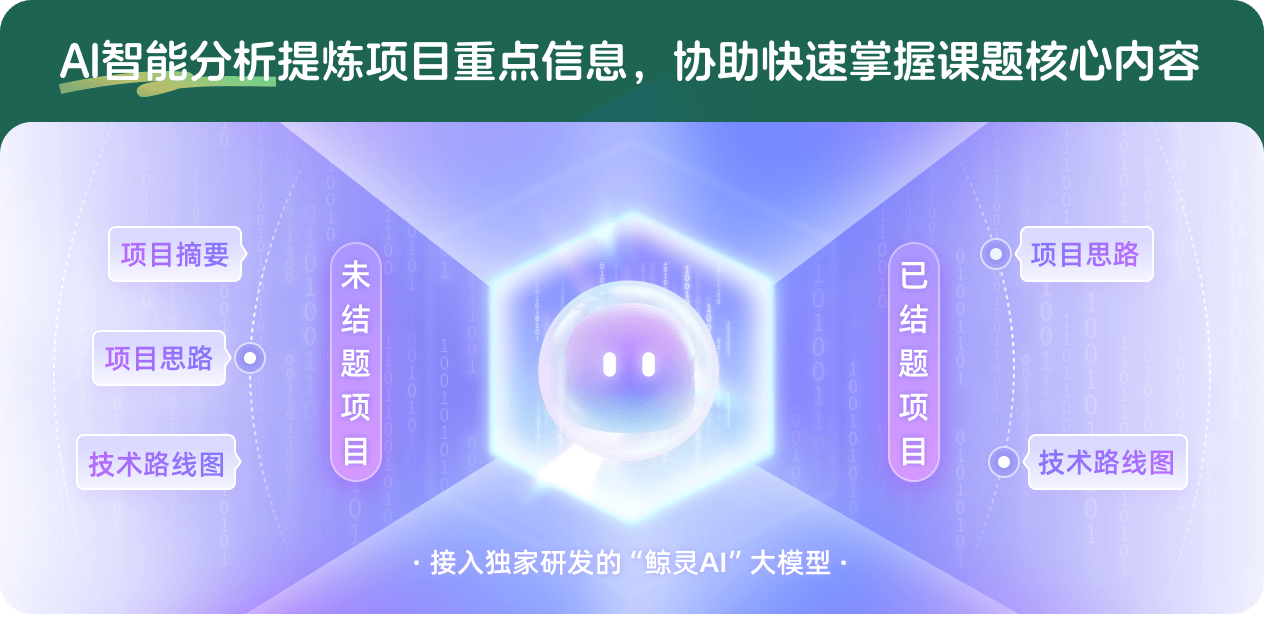基于微流控芯片的周期性力学刺激对准三维材料环境下细胞行为的影响
项目介绍
AI项目解读
基本信息
- 批准号:51603045
- 项目类别:青年科学基金项目
- 资助金额:20.0万
- 负责人:
- 依托单位:
- 学科分类:E0308.生物医用有机高分子材料
- 结题年份:2019
- 批准年份:2016
- 项目状态:已结题
- 起止时间:2017-01-01 至2019-12-31
- 项目参与者:郑爽; 徐维棵;
- 关键词:
项目摘要
Interaction between cells and their microenvironment is a fundamental topic in tissue engineering and biomaterials. Among that, mechanical stimulation to the cells and biomaterials, which induces cellular mechanotransduction is also of great importance. Previous studies showed that cyclic stretching regulates cell morphology, orientation as well as differentiation of stem cells to a great extend. Those studies, including membrane stretching as 2D systems and gel stretching as 3D systems, showed distinct results between 2D and 3D, since the adhesion of cells, nutrient transportation and biomaterial structure and topography between 2D and 3D were all different. In this proposal, we propose to study the effect of cyclic stretching on cells under a quasi-3D microenvironment. This microenvironment will be established by using a micropillared surface that is capable to capture single cells for 3D adhesion to various extends. Meanwhile, cyclic stretching on cells will be achieved using a microfluidic device integrated with the micropillared surface.
细胞与周围微环境的相互作用及其力学响应是生物材料和组织工程研究的一个重要基础问题,其中,对生长在材料表面或内部的细胞进行周期性拉伸刺激,可显著改变细胞行为。现有的周期性拉伸刺激系统主要分为薄膜拉伸的二维系统和凝胶拉伸的三维系统。由于这两种系统存在细胞黏附、营养物质传送、材料结构与拓扑形貌等众多差异,故2D和3D下的拉伸刺激对细胞的力学传导行为显著不同。本项目提出探讨细胞在一种准3D环境下对周期性拉伸应力的响应问题,尝试对2D和3D细胞力学传导的区别和联系作出一个过渡和比较。其中,细胞准3D环境的建立将采用由微柱阵列构成的可使整个细胞嵌入其中的微井结构之中,利用微井直径从大到小导致细胞从在底部的2D铺展到在第三维不同程度的黏附。同时对细胞的周期性拉伸方法将采用一种可与表面构造有上述微井的聚合物膜相整合的真空驱动的微流控芯片,探讨不同的准3D程度下细胞响应的周期性拉伸临界频率等参数的差异。
结项摘要
本项目探讨了细胞在准3D黏附环境下对周期性拉伸应力的响应问题,并比较了与2D黏附的细胞的拉伸力学响应的区别和联系。对细胞的周期性拉伸及准3D黏附的研究采用了包含微柱阵列的微流控拉伸芯片的方法。. (1)设计和制作了一种可实现细胞2D及准3D黏附及拉伸的微流控芯片,同时搭建了可提供芯片内细胞培养条件、及驱动该芯片做多种波形、频率和振幅下的周期性拉伸的整套仪器,并与活细胞工作站相整合,实现细胞培养和拉伸下的实时观察。. (2)对于2D黏附的细胞,在周期性拉伸下,细胞倾向于向与拉伸方向相垂直的方向取向。同时,通过对取向序参量的表征,可知拉伸频率越大,多细胞群状态达到稳态后,取向的程度越高,并存在一个临界响应频率。细胞的取向与细胞骨架中的微丝、微管的动态消除与重排有关,且与微丝的关联更密切。. (3)对于在微柱阵列上做准3D黏附的细胞,发现细胞更倾向于黏附在多个微柱形成的顶端、或同时黏附在微柱侧壁与底面,表现出投影为圆形的形态。对这些细胞做3D观察和重构后发现,细胞根据所黏附的表面的拓扑结构,会部分嵌入到微柱之间,呈非常不规则的形状,而非球形,这有助于细胞起到最大程度的黏附。进一步地,对在微柱阵列上做准3D黏附的细胞进行周期性拉伸后,发现呈上述黏附状态的细胞比例进一步得到提升,这与2D环境下细胞的取向行为有显著的不同。我们将这一现象的原因归结为细胞采取了一种最能抵抗拉伸扰动的形态。. 本项目的研究结果为考察3D黏附的细胞的力学刺激响应提供了一种有效的方法,并揭示了相关的细胞响应行为,对今后用于拉伸环境的生物材料的设计亦有一定的指导意义。
项目成果
期刊论文数量(1)
专著数量(0)
科研奖励数量(0)
会议论文数量(2)
专利数量(1)
Nonmonotonic Self-Deformation of Cell Nuclei on Topological Surfaces with Micropillar Array
微柱阵列拓扑表面上细胞核的非单调自变形
- DOI:10.1021/acsami.7b04027
- 发表时间:2017-06-07
- 期刊:ACS APPLIED MATERIALS & INTERFACES
- 影响因子:9.5
- 作者:Liu, Xiangnan;Liu, Ruili;Ding, Jiandong
- 通讯作者:Ding, Jiandong
数据更新时间:{{ journalArticles.updateTime }}
{{
item.title }}
{{ item.translation_title }}
- DOI:{{ item.doi || "--"}}
- 发表时间:{{ item.publish_year || "--" }}
- 期刊:{{ item.journal_name }}
- 影响因子:{{ item.factor || "--"}}
- 作者:{{ item.authors }}
- 通讯作者:{{ item.author }}
数据更新时间:{{ journalArticles.updateTime }}
{{ item.title }}
- 作者:{{ item.authors }}
数据更新时间:{{ monograph.updateTime }}
{{ item.title }}
- 作者:{{ item.authors }}
数据更新时间:{{ sciAawards.updateTime }}
{{ item.title }}
- 作者:{{ item.authors }}
数据更新时间:{{ conferencePapers.updateTime }}
{{ item.title }}
- 作者:{{ item.authors }}
数据更新时间:{{ patent.updateTime }}
其他文献
其他文献
{{
item.title }}
{{ item.translation_title }}
- DOI:{{ item.doi || "--" }}
- 发表时间:{{ item.publish_year || "--"}}
- 期刊:{{ item.journal_name }}
- 影响因子:{{ item.factor || "--" }}
- 作者:{{ item.authors }}
- 通讯作者:{{ item.author }}

内容获取失败,请点击重试

查看分析示例
此项目为已结题,我已根据课题信息分析并撰写以下内容,帮您拓宽课题思路:
AI项目摘要
AI项目思路
AI技术路线图

请为本次AI项目解读的内容对您的实用性打分
非常不实用
非常实用
1
2
3
4
5
6
7
8
9
10
您认为此功能如何分析更能满足您的需求,请填写您的反馈:
相似国自然基金
{{ item.name }}
- 批准号:{{ item.ratify_no }}
- 批准年份:{{ item.approval_year }}
- 资助金额:{{ item.support_num }}
- 项目类别:{{ item.project_type }}
相似海外基金
{{
item.name }}
{{ item.translate_name }}
- 批准号:{{ item.ratify_no }}
- 财政年份:{{ item.approval_year }}
- 资助金额:{{ item.support_num }}
- 项目类别:{{ item.project_type }}




















